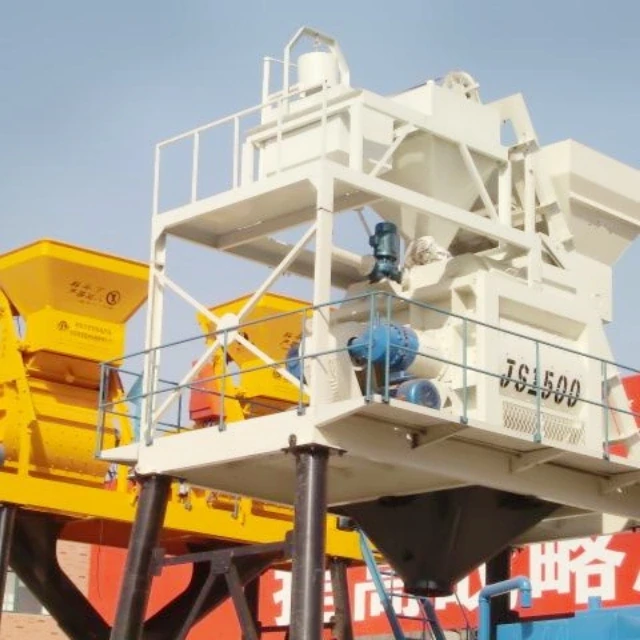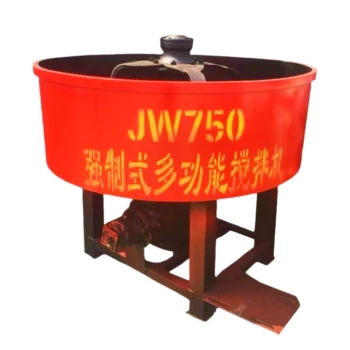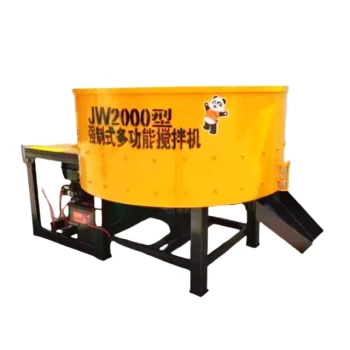Introduction
Concrete mixing stations are high-risk environments where electrical and mechanical failures can lead to catastrophic accidents. This guide provides actionable inspection protocols aligned with industry standards to prevent equipment malfunctions, protect workers, and avoid costly downtime. Whether you’re a safety manager or equipment operator, these methodologies—backed by compliance benchmarks—will help you identify risks before they escalate.
Ensuring Electrical Safety in Concrete Mixing Operations
Critical Standards for Protective Grounding and Voltage Stability
Electrical faults cause 23% of mixing station accidents (OSHA Construction Safety Reports). Key compliance measures include:
- Grounding Systems: Verify resistance levels stay below 25 ohms (per NFPA 70E). Use a megohmmeter to test insulation degradation.
- Voltage Fluctuations: Install voltage monitors to detect ±10% deviations from rated levels, which can damage motors.
Tool Example: Garlway’s industrial-grade multimeters provide real-time voltage logging for predictive maintenance.
Ever wondered why some stations experience unexplained motor burnout? Inconsistent grounding is often the silent culprit.
Tools and Methods for Monitoring Circuit Integrity
- Infrared Thermography: Scan control panels monthly to identify overheating relays.
- Leakage Current Tests: Use clamp meters to detect stray currents exceeding 0.5 mA (IEC 60364 standard).
Pro Tip: Label all circuit breakers clearly to reduce human error during emergency shutdowns.
Mechanical Component Inspections for Accident Prevention
Securing Fasteners and Protective Cover Requirements
Loose bolts on mixer drums or conveyor belts are a leading cause of structural failures. Inspect:
- Torque Values: Re-tighten fasteners to manufacturer specs every 250 operating hours.
- Guardrails and Covers: Ensure all rotating parts have OSHA-compliant shields (29 CFR 1926.300).
Visual Metaphor: Think of unchecked fasteners like untied shoelaces—seemingly minor until they cause a fall.
Gear Lubrication Best Practices and Oil Quality Benchmarks
- Viscosity Checks: Test gearbox oil quarterly; replace if viscosity drops below ISO VG 220.
- Contamination Control: Use magnetic drain plugs to capture metal particles (indicative of gear wear).
Case Study: A Texas mixing station avoided $18K in gearbox replacements by switching to synthetic lubricants with 2x longer service life.
Proactive Maintenance and Compliance Documentation
Industry-Standard Inspection Frequency and Checklists
Adopt this schedule:
- Daily: Visual checks for leaks, unusual noises, and emergency stop functionality.
- Monthly: Full electrical and mechanical audits (download our Concrete Mixing Station Inspection Template).
Compliance Hack: Digital logs (e.g., cloud-based systems) streamline OSHA recordkeeping.
Case Studies: Costly Failures Due to Inadequate Inspections
- Unchecked Belt Misalignment: A Midwest plant faced $52K in downtime after a conveyor belt tore due to unadjusted tracking.
- Neglected Grounding: A worker suffered arc flash burns when a faulty mixer motor short-circuited.
Human Impact: These incidents underscore why "quick checks" aren’t optional—they save lives.
Conclusion & Actionable Steps
- Prioritize grounding tests and torque inspections—they prevent 80% of common failures.
- Invest in tools like Garlway’s diagnostic equipment to automate safety monitoring.
- Train staff using documented checklists to foster a culture of proactive maintenance.
Final Thought: In concrete operations, safety isn’t just compliance—it’s the foundation of productivity.
Products You Might Be Looking For:
View heavy-duty concrete mixing plants
Explore industrial batching plant solutions
Related Products
- HZS75 Concrete Batching Plant Cement Mixer Price Concrete Mixer Bunnings Mixing Plant
- HZS180 Ready Mix Concrete Plant for Foundations with Sand and Cement
- Portable Concrete Mixer Machine Equipment for Mixing Concrete
- JW1000 Mobile Cement Mixer Concrete Mixer Truck and Batching Plant
- HZS120 Ready Mix Concrete Batching Plant Commercial Mud Cement Mixer
Related Articles
- How to Diagnose, Repair, and Prevent Cylinder Leaks in Concrete Mixing Stations
- Optimizing Infrastructure Efficiency: How to Choose Between Concrete and Stabilized Soil Mixing Plants
- How to Prevent Water Supply Freezing in Concrete Mixing Stations: Winter-Proof Strategies
- How to Prevent Cold-Weather Lubrication Failures in Concrete Mixing Stations
- How to Choose Between Concrete and Stabilized Soil Mixing Plants for Optimal Project Performance




















